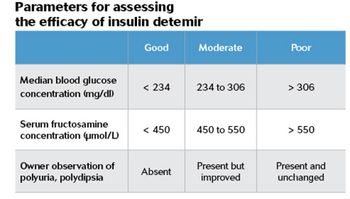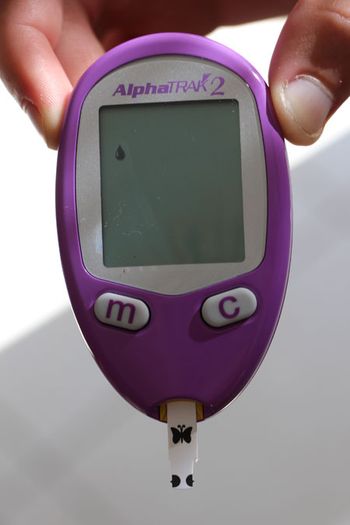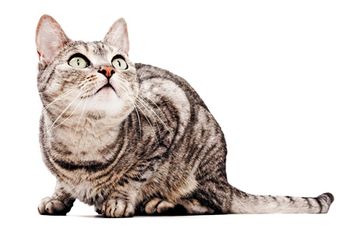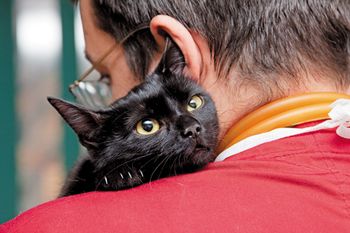
We know you like to save pet owners money. Dr. Dave Bruyette explains how, in the long run, at-home blood glucose monitoring does just that.

We know you like to save pet owners money. Dr. Dave Bruyette explains how, in the long run, at-home blood glucose monitoring does just that.

Veterinary practices have scant guidance on using the drug in dogs.

Prominent endocrinologist says veterinarians may soon be able to do more than treat clinical signs.

Drs. David Bruyette and Karen Felsted face off on how to charge-or not charge-clients for consultations.

Mrs. Smith is hypervigilant and Mr. McKinley is laissez faire. Your veterinary team can manage these pet owners' expectations with these five fairly simple steps for more effective home monitoring without the frustration.

A new approach to an old problem

Don't rely too heavily on T4 concentrations since cats can have a false elevation.

Recent studies have shown the prevalence of this disorder is higher than what we thought even a decade ago.

A review of the veterinary literature reveals when this phenomenon may more likely occur.

More cats may be affected by this disease than you think, and even cats with subclinical or mild forms may benefit from thyroid replacement therapy.

Bonding hormone improves cue-taking ability in dogs, researchers assert.

Investigating the best way to monitor dogs with hyperadrenocorticism and whether fructosamine concentrations can be used to monitor glycemic control in diabetic patients.

Knowing the barriers to care may aid in educating clients and addressing concerns that may impede care.

Diabetes mellitus is a common endocrine disorder in dogs and cats.

Pituitary-dependent hyperadrenocorticism

Insulin resistance is a condition in which a normal amount of insulin produces a suboptimal biologic response.

Hyperthyroidism is recognized as the most common endocrinopathy of older cats. Despite worldwide occurrence, the pathogenesis of feline hyperthyroidism remains unclear.

Cushing's syndrome refers to all causes of hyperadrenocorticism with overproduction of cortisol.

Canine hypothyroidism, while a common endocrinopathy in the dog, may be over diagnosed due to confusion/inconsistencies in establishing a definitive diagnosis.

Diabetes mellitus is a common endocrine disorder in dogs and cats.

How to make in-house blood glucose curves in cats comfortable for all.


A look at which factors might make spontaneous normalization of glycemic control more likely in one of your feline patients.

If not, Dr. J. Catharine Scott-Moncriefl explains why you should be.

This information about survival times and prognostic factors can provide valuable information for clinicians to better educate owners about treatment expectations and outcomes.